When Konrad told me he was making more than CHF 2'000 per month of additional income from a side project, and that he was well on his way towards financial independence, I couldn’t not interview him on the blog!
Moreover as he is 33, and should be FIRE around 40 years old. Sounds familiar ahah!
Without further ado, the keyboard is yours Konrad!
Konrad’s background
Thanks for having me, Marc.
As you said, I’m 33 years old, married, and living in the canton of Zurich.
My wife and I have way more hobbies than time to practice them. We’re into anything mountain-related—cycling, skiing, paragliding and many other things in between—and we love traveling too.
Right now, I work 90% in technical sales, and the other 10% is split between traveling and running our side project Climbfinity (special code for MP readers at the end of the article!) It started as a personal goal — to cycle all the mountain passes in Switzerland — but then we turned it into a scratch map to help other cyclists discover new routes.
My wife works full-time as a computer scientist, and she is pretty passionate about cycling too.
Discovering the FIRE movement
It was the COVID pandemic that actually led me to discover financial independence and all that goes around it.
Back in 2021, we saw a lot of our friends getting into investing — or, well, gambling with crypto. I am a FOMO guy. It got me thinking: “Maybe we should put our savings to work too?”
As I started reading about investing, I stumbled upon the FIRE movement. The idea of retiring decades earlier than usual was pretty eye opening.
Your blog played a big role in that journey — so, thanks for that!
After playing around with compound interest calculators, I realized early retirement wasn’t just a dream. It was actually achievable. That’s when we decided to go all in, invest our savings and work towards financial independence.
At first, we invested not just in globally diversified ETFs, but also in a few American tech stocks, which performed reasonably well. We also tried our luck with companies focused on hydrogen infrastructure and the metaverse — both turned out to be pretty bad choices.
Putting our investments in order
We were always reasonably good at saving, so we weren’t starting from scratch.
We had been setting aside about 30% of our net income, originally with the goal of buying a house. It’s a cultural thing — we both grew up in Poland, where homeownership is at 90%. So we did not think there was any other way. But property prices in our area were (and still are) insane.
At that point we decided that any future pay raises would go straight to savings instead of lifestyle upgrades.
We had been setting aside about 30% of our net income.
That said, 2022 was rough. We had just invested most of our savings when the market crashed. And to make things worse, as mentioned above, we were still in that “let’s pick stocks and beat the market” phase, which made it extra painful. But we didn’t panic, stayed invested, and learned some valuable lessons — mainly, don’t get emotional about market fluctuations and don’t try to outsmart the system.
These days, we stick to world ETFs and keep things simple. We sold almost all individual stocks and invested in Vanguard Total World. After all, wise people say that the simplest and most boring strategy is coincidentally the most effective one.
Our learning: don’t get emotional about market fluctuations and don’t try to outsmart the system.
The only exception to a world ETF are stocks of our employers, which are both listed companies — we can buy these at preferential terms. This constitutes less than 10% of our portfolio.
The remainder is invested in:
- Vanguard Total World (55%)
- Third pillar 3a (12%, via VIAC Global 100)
- 2nd pillar (23%, we have no say how this money is invested)
Boosting our way to FI
I actually still have the original 2021 spreadsheet where we first realized financial independence was possible.
It’s crazy to see how much the numbers have changed since then. I really underestimated how much our net income would grow over time (40% since) and what percentage we’d be able to save (going from 30% to 60%).
We also found many ways to optimize everyday expenses — things like cutting unnecessary subscriptions, finding cheaper/free alternatives to services we used, buying a used car instead of leasing one, and tweaking our insurance plans. These savings are de facto sponsoring the doubling of traveling time (compared to 2021).
But on the flip side, I also realized we would need 25% more capital than I initially thought. Inflation, taxes, and some unrealistic assumptions about what we’d be willing to compromise on in retirement all played a role in that.
Our financial independence goal shifted from 45 years old to 41!
The good news? Overall, our financial independence goal shifted from 45 years old to 41, and we’re currently somewhere between 25% and 35% of the way there, depending on different scenarios — like where we end up living, how much we travel, and whether we have kids.
Our plans for the future
Life’s pretty good. We both enjoy our jobs, we travel for two months every year (outside of business trips), and we’ve managed to turn our passion for cycling into something that brings in a bit of extra income.
Our savings rate is expected to hit 60% in 2025 — our highest yet. We travel more, start many new hobbies, and most importantly, we feel in control of our finances.
In the context of FIRE, I started thinking more and more about the day after, rather than just the financial aspects – where we want to live, how to make sure we have friends and family around and how to actually spend the extra free time in a fulfilling way.
One big realization? Buying property in our area doesn’t make financial sense. I ran all the numbers, spent hours playing with spreadsheets, and realized it is 25% more expensive than renting. Our Polish families will probably never accept this decision, but well, we agree to disagree.
As for the side business — “Climbfinity” is now bringing in over CHF 2'000 per month. So far, this is not life-changing money, but it helps speed up our financial independence journey and, more importantly, it’s been a super rewarding project. Helping cyclists discover new mountain roads has been really fun, and we are about to get some cycling friends on board and expand the idea to more countries.
Turning a hobby into a business
Marc: “Can you tell us more about how you turned your hobby into a business — how did that happen?”
Yeah, so, it all started with my love for road cycling and mountains.
Climbing mountain passes is something cyclists enjoy, but after ticking off the obvious ones, I found myself struggling to discover more and keep track of where I had been.
So, I made a list of all the passes in Switzerland above 1'000 meters. That list turned into a map, and eventually, I turned the map into a scratch map. I printed one, framed it, hung it in my living room and took 2 years to cycle all the (remaining) passes.
Friends saw it and loved the idea — one even told me he could think of ten more people who would buy one. That’s when it clicked: this could actually be a business.
I put together a simple business plan, found a supplier to print the maps, and set up an online shop using Shopify platform.
And that was it — “Climbfinity” was born.
For now, my wife and I handle everything — packing, shipping, customer service — but as the business grows, we’ll need to outsource some of that.
If anyone is considering launching a small business, I’d say go for it.
The great thing about starting an e-commerce business in Switzerland is that it’s super easy. You don’t even need to register a company or collect VAT until you achieve CHF 100'000 of annual revenue.
You also don’t need a massive investment to start. I put in around 2'500 Swiss francs, and that was enough to get things going.
If anyone is considering launching a small business, I’d say go for it — it’s a lot of fun and the risks are low! If you’re passionate about something, chances are others are too — even if it sounds as niche as cycling mountain passes.
FIRE is more than just numbers
To conclude, I’d say don’t overcomplicate things.
For me, FIRE isn’t just about extreme frugality or retiring as soon as possible – in fact, we are not yet sure we want to quit our jobs completely once we are financially independent.
It’s about having the freedom to live life on your terms.
Stay consistent, don’t stress about market ups and downs, and focus on what actually makes you happy on the way there. And don’t forget to think about the day after you get there.
And finally, if you’re into cycling, definitely check out our scratch map! 😉
Notes from MP about Konrad’s story
Buy or rent? Do the math!
I completely agree with Konrad’s argument that buying a home seems like the obvious choice for many.
Except that in Switzerland, it’s not always the best financial decision. Before jumping into a purchase, take the time to run the numbers and analyze the situation objectively. I’ve already covered this topic in detail here: “Buy or rent in Switzerland?”.
Your decision shouldn’t be dictated by social pressure or outdated beliefs (thanks, Dad, and your “Real estate is the only safe bet!”). As a Mustachian, we want to use every franc wisely. And sometimes, not buying is actually a way to accelerate your financial independence.
Finding your “Why”
Financial independence isn’t just about stacking up a pile of money and spending your days lounging on a beach. Once the math and financial mechanics are in place, a much deeper question emerges (some say it takes between 3 months and a year after retiring): what comes next? Why do you want to be financially free? What do you actually want to do with your (free) time?
This is a crucial question to ask yourself as early as possible in your FIRE journey — not only to ensure you’re on the right path, but also to keep your motivation strong in the long run. It’s also the main theme of my next book.
One useful tool for this reflection is the Japanese concept of Ikigai — finding the balance between what you love, what you’re good at, what the world needs, and what can make you money. The FIRE movement isn’t just about math — it’s also quest for meaning in itself.
Your life, your rules
Konrad’s story perfectly illustrates my motto: your destiny is in your hands. He chose a path that truly fits him, ignoring conventions and external expectations. Buying a house just because “everyone does it”? Bad idea if it doesn’t make sense for you. Following a default career path? Same thing.
Being in control of your life means making decisions based on what’s truly important to you. Once again, the FIRE movement isn’t just about money — it’s a philosophy: building an intentional life that aligns with your values and desires.
Just start, begin small
People often think they need a perfect plan before launching a personal project.
Mistake!
The most important thing is to just start. My blog, for example, was supposed to be a three-month experiment… and 11 years later, it has led to a book, an incredible community of over 3,000 members, and many other projects.
If an idea excites you, go for it.
Test, adapt, and let it grow over time. Worst-case scenario? You learn something. Best-case scenario? You build something that changes your life.
“Simple and Boring” investing: the key to success
It sounds counterintuitive, but the best way to invest is to do less, not more. I often feel tempted to be more active, to chase “smart” opportunities. But reality is harsh (and backed by countless economic studies): the simplest and most boring strategies are the most effective.
Vanguard Total World, an optimized pillar 3a, solid diversification… and that’s it. No need to time the market or try to outsmart it. The more you complicate things, the more mistakes you’ll make.
The power of frugality
One of my biggest “Eureka!” moments in financial independence was when I discovered the concept — and power — of frugalism. People often talk about increasing income to save more, but the real magic lies in optimizing your expenses. And when I say “magic”, it’s because this is something you control 100% (unlike getting a raise).
Also, a reminder for newcomers: spending less doesn’t mean depriving yourself. On the contrary, it means consuming more consciously. The result? A chain reaction of benefits — more cash left at the end of the month to invest in the stock market, better health, and a positive impact on the planet. What more could you want? 😉


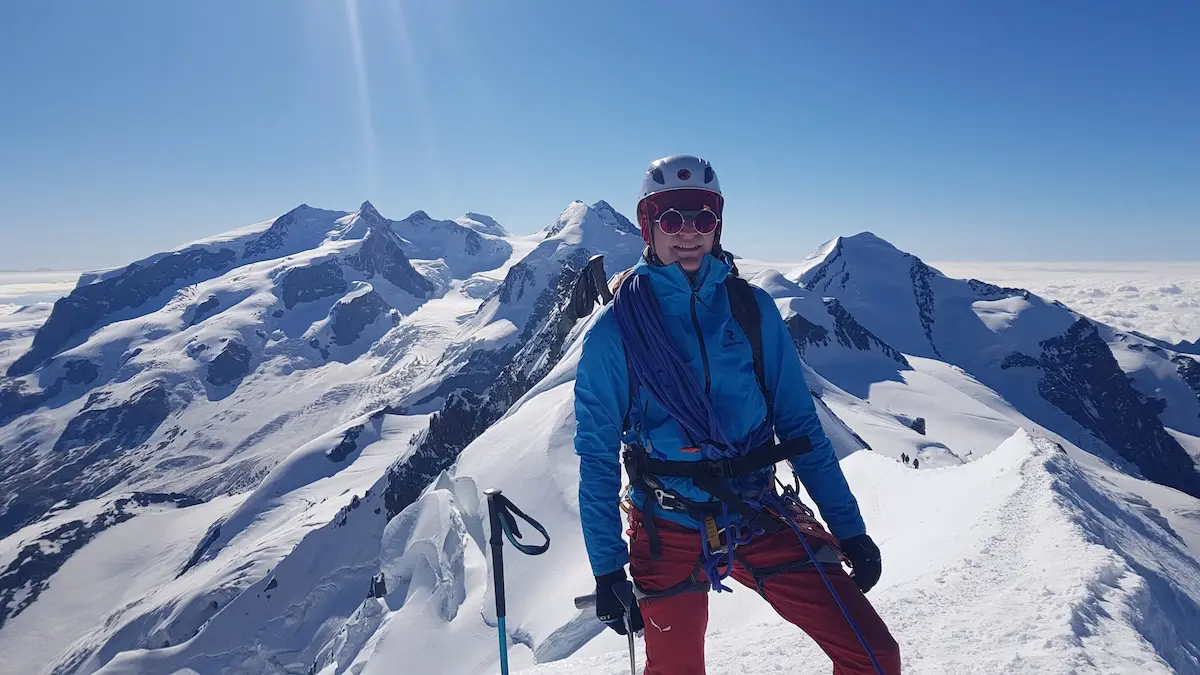


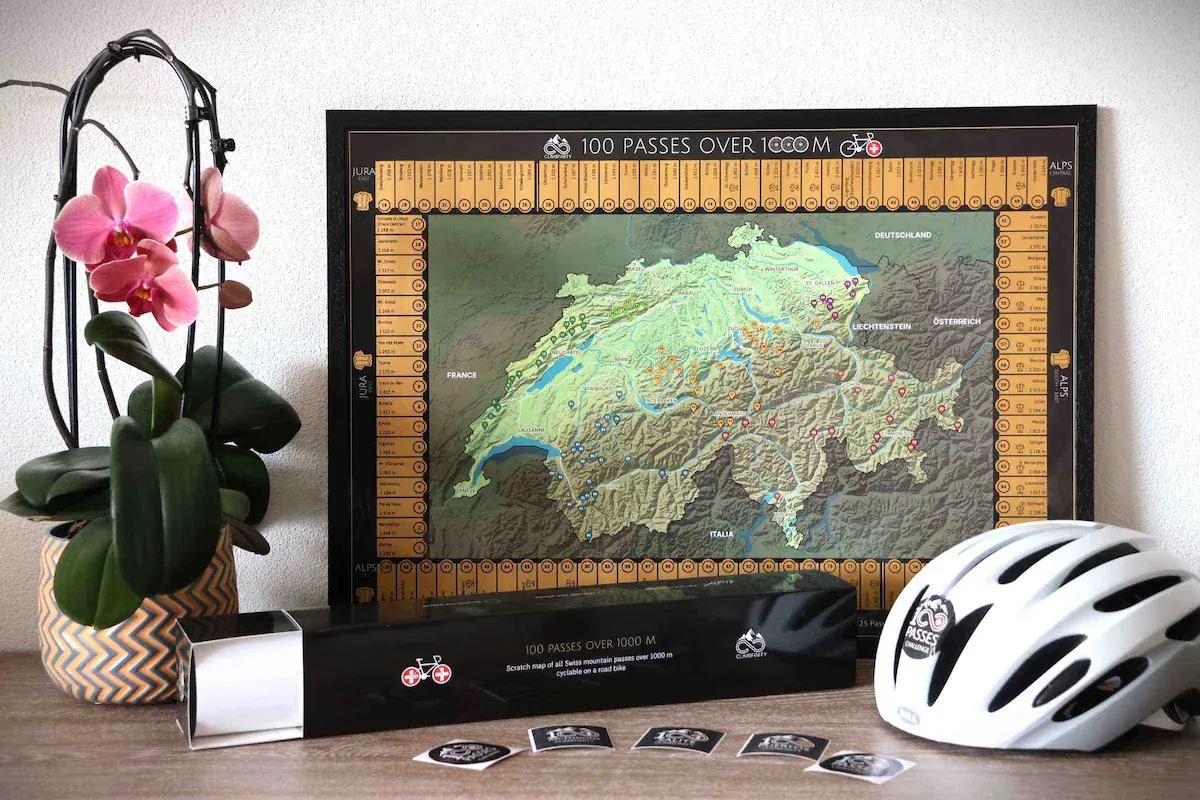
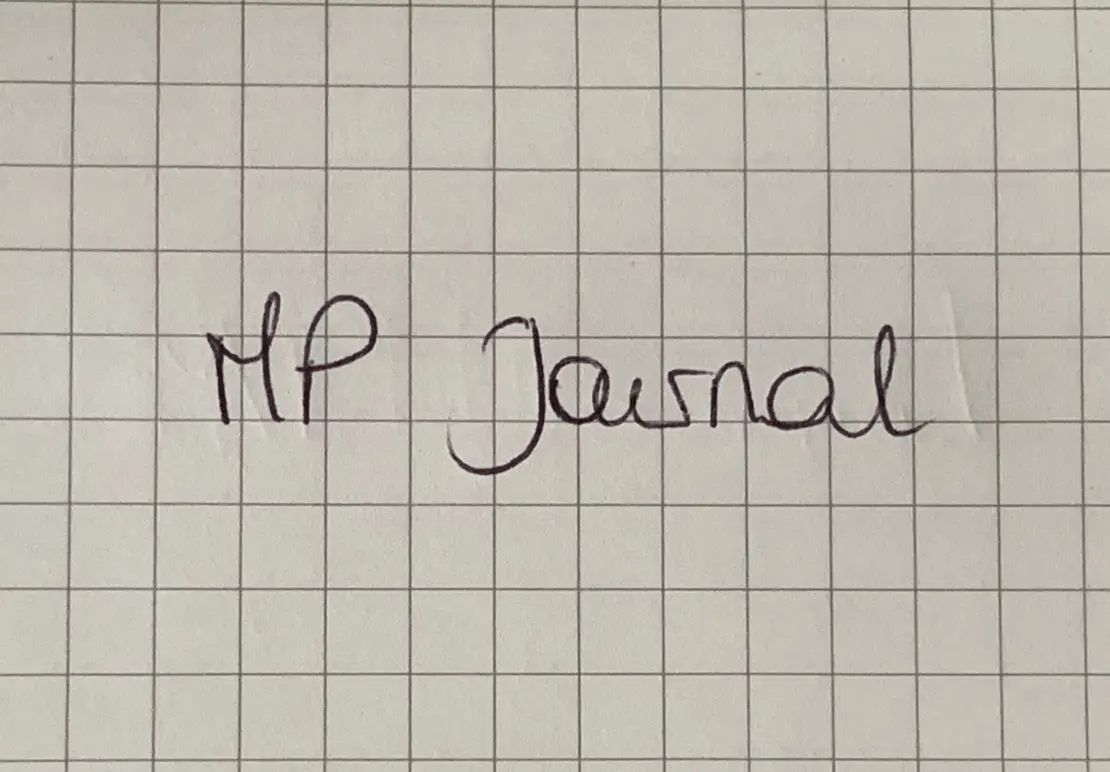

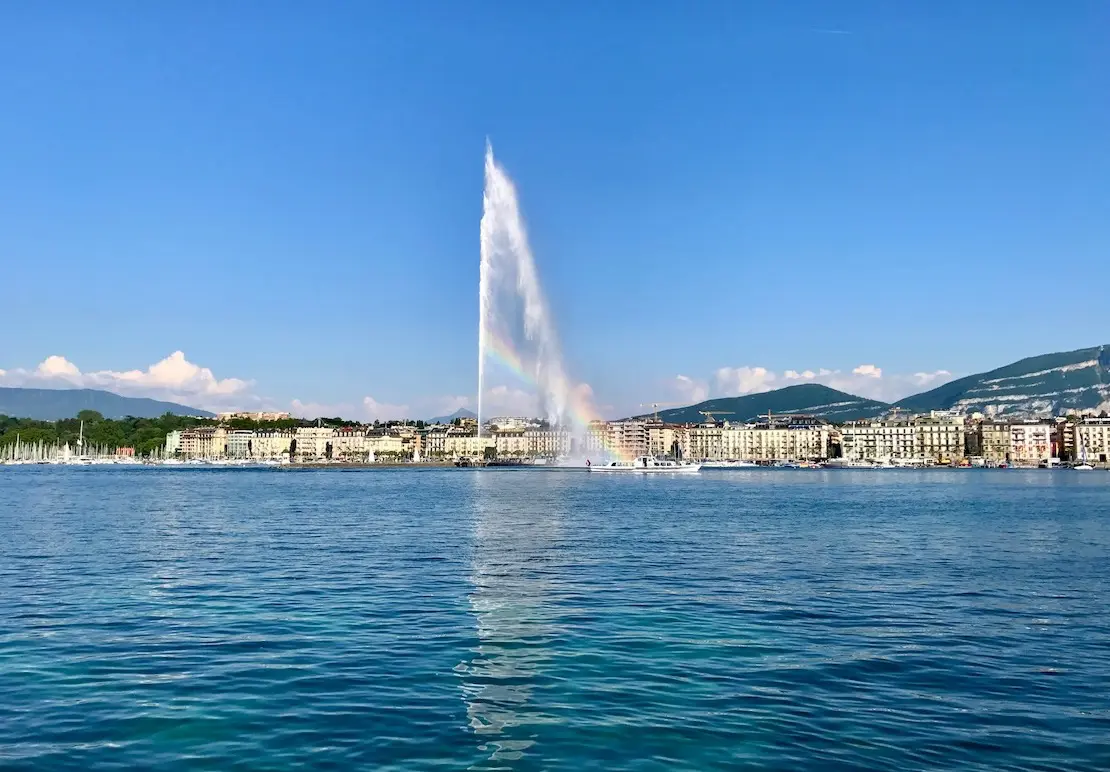
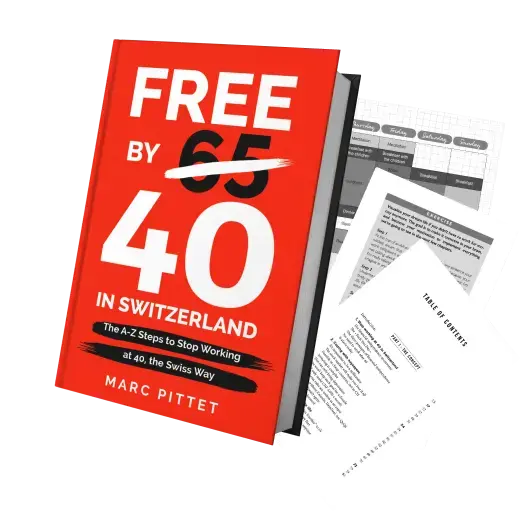
Last updated: June 5, 2025